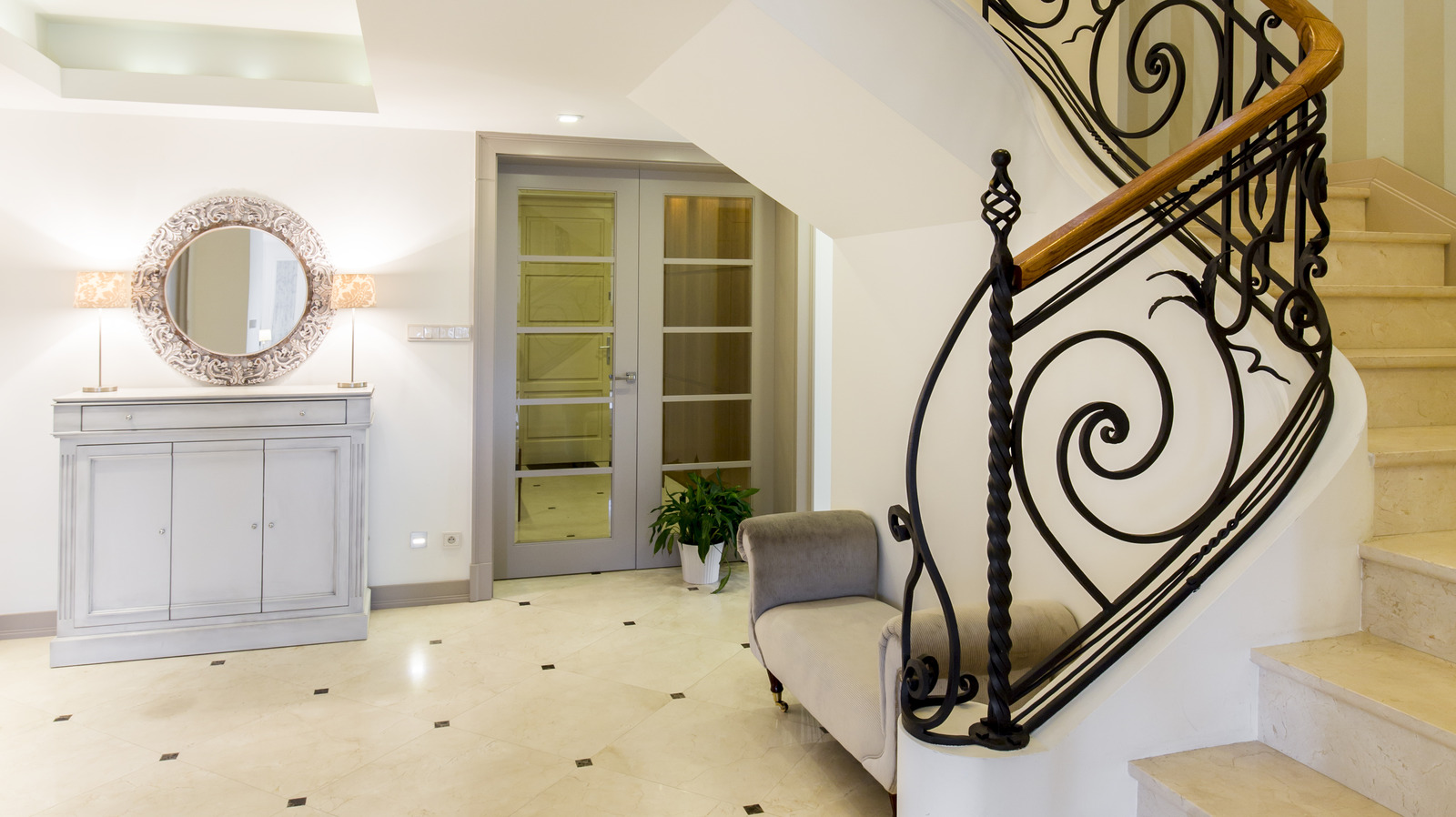Stair Railing Designs: Elevate Your Home

Introduction:
Staircases are not merely functional elements within a home; they serve as
architectural focal points that can enhance the aesthetic appeal and overall
ambiance of the space. Among the key components of staircases, railings play a
crucial role in providing safety, support, and style. In this detailed guide,
we explore a wide range of stair railing designs, from classic to contemporary,
to help you transform your staircase into a stunning architectural feature that
reflects your personal taste and complements your home decor.
Classic Stair Railing Designs
Traditional Wood Railings:
- Classic wood railings exude warmth, elegance, and timeless charm. They are available in various wood species such as oak, maple, and mahogany, each offering unique grain patterns and finishes.
- Ornate detailing, including carved balusters, intricate newel posts, and decorative handrails, adds a touch of sophistication to traditional wood railings.
- Wood
railings can be stained or painted to match the interior decor scheme, whether
it's rustic, farmhouse, or traditional.
Wrought Iron Railings:
- Wrought iron railings are synonymous with old-world craftsmanship and durability. Their intricate designs, featuring scrollwork, twists, and curves, create a striking visual impact.
- These sturdy railings provide excellent support while adding a sense of grandeur to staircases. They are often paired with wooden handrails for a classic yet refined look.
- Wrought
iron railings can be customized to suit various architectural styles, from
Mediterranean villas to Victorian estates, making them a versatile choice for
homeowners seeking elegance and character.
Contemporary Stair Railing Designs
Glass Railings:
- Sleek and minimalist, glass railings offer a modern aesthetic that enhances the sense of space and light in a staircase. They are ideal for contemporary interiors characterized by clean lines and open layouts.
- Frameless glass panels create a seamless look, allowing uninterrupted views of the surrounding areas and promoting a sense of openness and transparency.
- Tempered
glass, known for its strength and safety, is commonly used in glass railings.
Frosted or tinted glass options provide privacy while still allowing natural
light to filter through.
Cable Railings:
- Characterized by slender stainless steel cables stretched horizontally between posts, cable railings impart a sleek and industrial-inspired look to staircases.
- Cable railings are popular in modern homes, lofts, and urban dwellings, where they contribute to an airy and uncluttered atmosphere.
- The
minimalist design of cable railings makes them ideal for showcasing architectural
features and scenic views. They are also low-maintenance and easy to clean,
making them practical for busy households.

Unique Stair Railing Designs
Floating Staircase with Integrated Handrail:
- A floating staircase, featuring treads suspended from the wall without visible support, creates a striking visual effect that appears to defy gravity.
- In
this innovative design, the handrail is seamlessly integrated into the
staircase structure, providing both safety and structural support without
obstructing the view.
- Floating
staircases with integrated handrails are ideal for modern and minimalist
interiors, where they serve as sculptural elements that command attention.
Artistic Metalwork:
- For homeowners seeking a one-of-a-kind stair railing design, custom metalwork offers endless possibilities for creativity and personal expression.
- Artistic metal railings can feature intricate patterns, sculptural elements, and geometric motifs that showcase the craftsmanship of skilled artisans.
- Whether
crafted from steel, bronze, or aluminum, these bespoke railings add a
distinctive touch to staircases, turning them into functional works of art.
Considerations When Choosing Stair Railing Designs
Architectural Style:
Select
a railing design that complements the architectural style of your home.
Traditional homes may benefit from classic wood or wrought iron railings, while
modern residences may favor glass or cable railings.
Safety and Building Codes:
Ensure
that the chosen railing design meets safety regulations and building codes.
Height requirements, spacing between balusters or cables, and handrail
dimensions must comply with local building standards.
Maintenance and Durability:
Consider
the maintenance requirements and durability of different railing materials.
Wood railings may require periodic staining or sealing, while metal and glass
railings are generally low-maintenance and easy to clean.
Budget and Long-Term Investment:
Evaluate
the cost of materials, fabrication, and installation when budgeting for a stair
railing project. Balance your budgetary constraints with the long-term value
and visual impact of the chosen railing design.
Conclusion:
Stair railings are essential components of staircase design that serve both practical and aesthetic purposes. Whether you prefer the timeless elegance of traditional wood railings, the sleek modernity of glass or cable railings, or the artistic flair of custom metalwork, there is a stair railing design to suit every taste and architectural style. By carefully considering factors such as safety, style, and budget, you can select a railing design that enhances the beauty and functionality of your staircase, elevating the overall appeal of your home.









